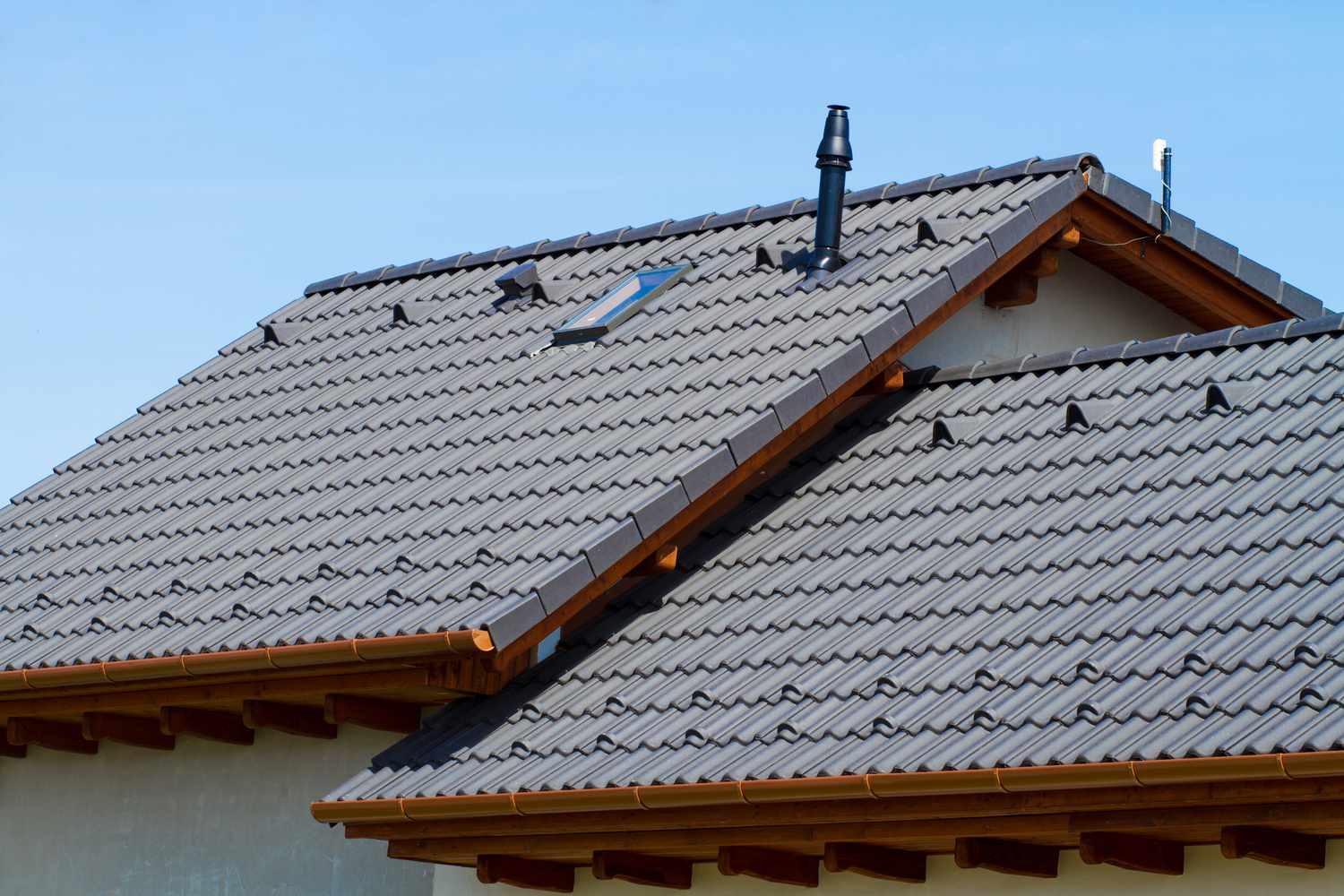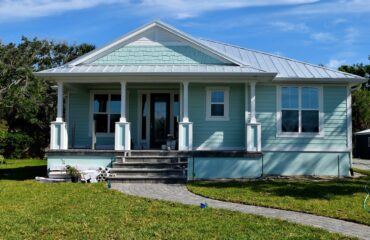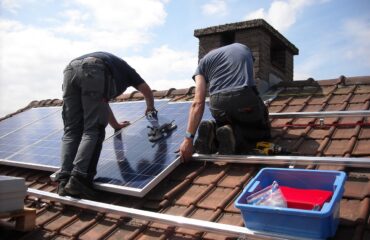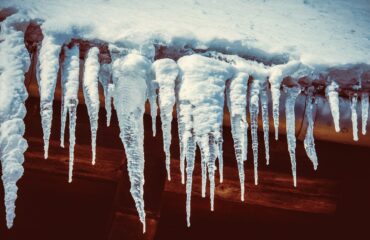Damaged flashing, shingles, poor installation, and clogged gutters commonly cause roof leaks. Flashing, like metal strips, prevents water seepage around chimneys and vents. Due to aging or severe weather, damaged shingles allow water infiltration when cracked or missing. Poor roof installation, such as improper shingle placement, creates weak points for water penetration. From debris buildup, clogged gutters lead to water pooling and potential leaks. Regular inspections and maintenance by certified roofing professionals can help identify and address these issues promptly. Understanding these common causes, and working with an Austin Roofing Company, can assist in preventing costly roof repairs.
Roof Flashing
When inspecting for common causes of roof leaks, one often encounters issues with roof flashing that can lead to water penetration and subsequent damage. Roof flashing is a critical component of a roofing system, preventing water from seeping into vulnerable areas such as joints, edges, and connections. It is typically made from metal strips or other durable materials installed around chimneys, vents, skylights, and areas where the roof meets a vertical surface. Over time, flashing can deteriorate due to exposure to the elements, poor installation, or physical damage.
Common problems with roof flashing that can result in leaks include improper installation, corrosion, bending or warping, and sealant deterioration. When flashing is not correctly installed or becomes damaged, water can infiltrate beneath the roofing materials, causing water damage to the structure below. Regular inspections and maintenance of roof flashing are essential to maintain its integrity and prevent potential leaks. Properly addressing any issues with roof flashing promptly can help keep the overall health and longevity of the roof.
Damaged Shingles
Inspecting the roof for common causes of leaks often reveals issues with damaged shingles. Damaged shingles can compromise the integrity of the roofing system and lead to water infiltration and subsequent structural damage. Damaged shingles can occur due to different reasons, such as aging, severe weather conditions, improper installation, or lack of maintenance. Cracked, curled, or missing shingles create openings that permit water to seep through the roof deck, causing leaks into the attic and interior of the building.
It is essential to address damaged shingles promptly to prevent additional water damage and costly repairs. Regular roof inspections can help identify and replace damaged shingles before leaks develop. Professional roofing contractors can assess the extent of shingle damage and recommend the appropriate solutions, whether replacing individual shingles or re-roofing the entire area for thorough protection.
Proper maintenance, timely repairs, and quality shingle replacements are essential in preserving the roof’s lifespan and performance, ensuring its ability to withstand harsh weather conditions, and preventing water intrusion.
Poor Roof Installation
Roof leaks can also be attributed to poor roof installation, which significantly impacts the structural integrity of the roofing system and increases the risk of water infiltration and subsequent damage. Improper installation techniques, such as incorrect shingle placement, inadequate sealing around vents and chimneys, or using low-quality materials, can all contribute to leaks. When the roof is not installed correctly, it creates weak points vulnerable to water penetration. Over time, these vulnerabilities can lead to leaks during rainstorms or snow melts, causing water to seep into the foundational layers of the roof and eventually into the interior of the building.
Furthermore, poor roof installation can void manufacturer warranties, leaving the homeowner liable for any repairs or replacements. To avoid such issues, hiring experienced and reputable roofing contractors who follow industry best practices is essential. Proper installation guarantees the roof’s longevity and prevents costly water damage repairs in the future.
Clogged Gutters
Regular gutter maintenance is essential in preventing roof leaks caused by clogged gutters. When gutters become blocked with debris such as leaves, twigs, and dirt, water cannot flow freely off the roof. This blockage can lead to water pooling on the roof, seeping under shingles, and leaking into the home.
Clogged gutters result in water damage to the roof and can cause structural issues if addressed. The weight of the standing water in clogged drains can lead to gutter detachment from the roofline or even cause the gutters to sag, disrupting the proper water flow. Moreover, the excess water overflow from clogged gutters can damage the exterior walls of the house and its foundation.
To prevent roof leaks caused by clogged gutters, it is essential to clean and maintain gutters regularly, especially during the fall when leaves are abundant. Installing gutter guards can also help prevent debris from accumulating and clogging the gutters, ensuring water flows smoothly off the roof and away from the home.
Other Roofing Tips:





